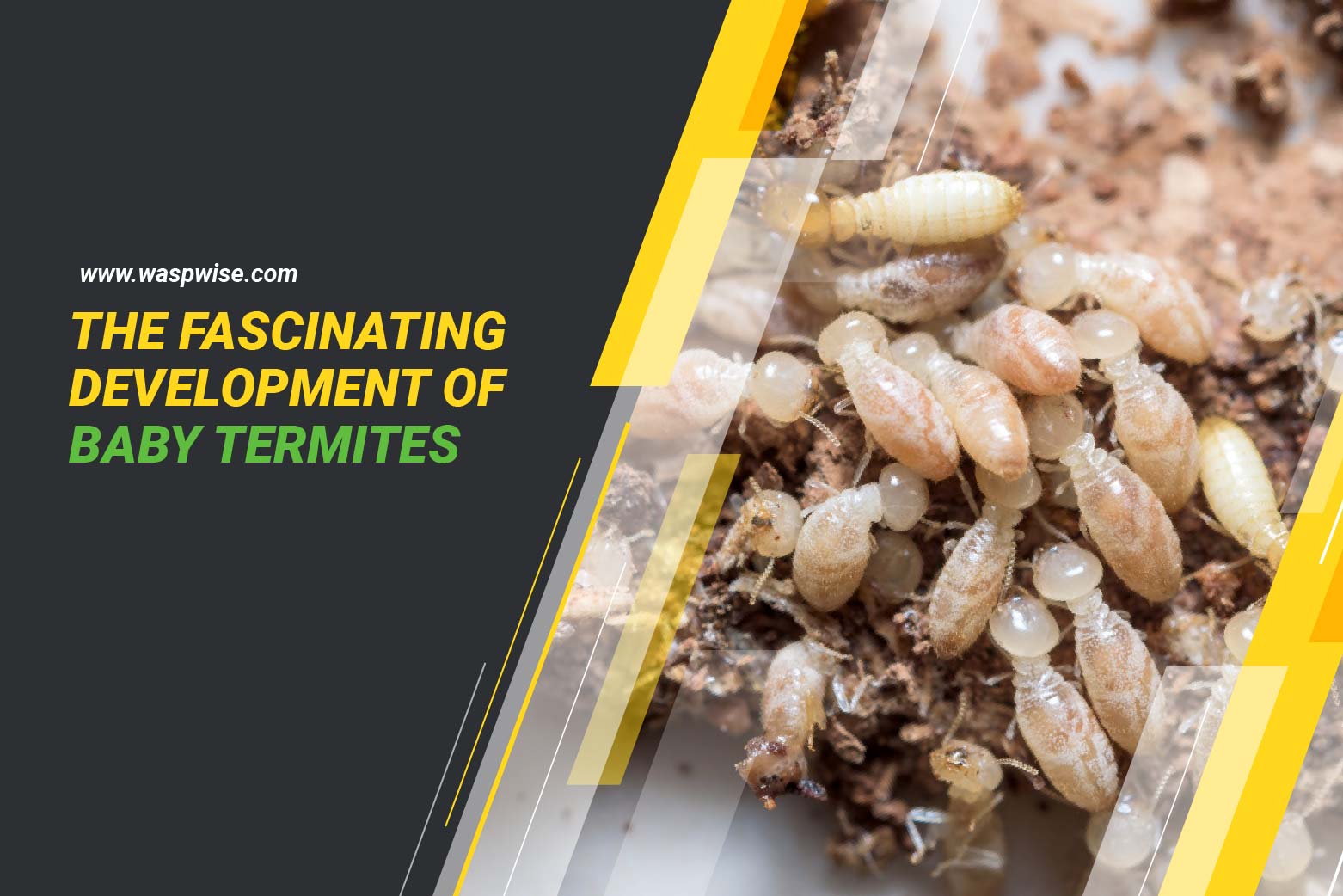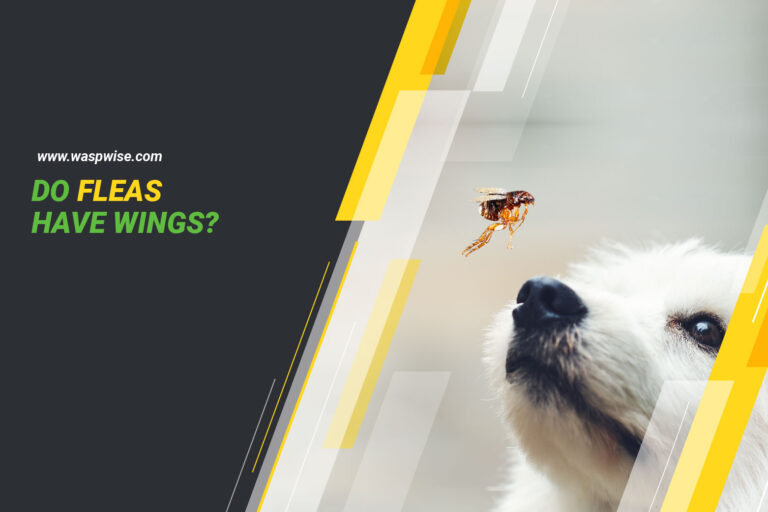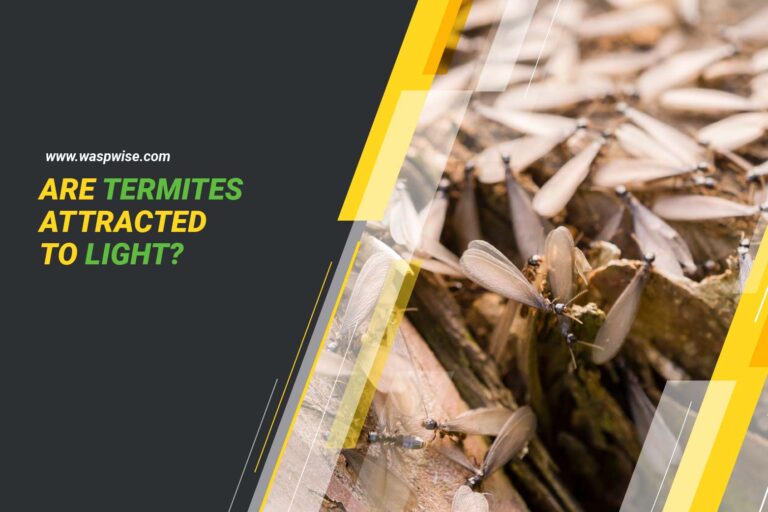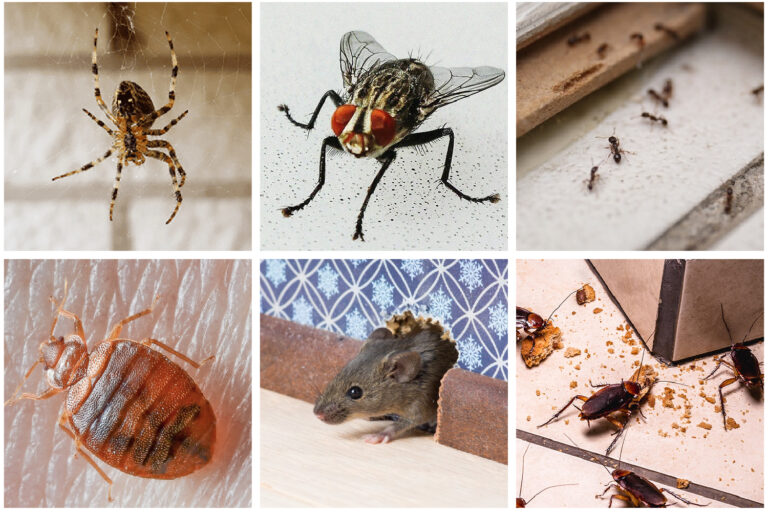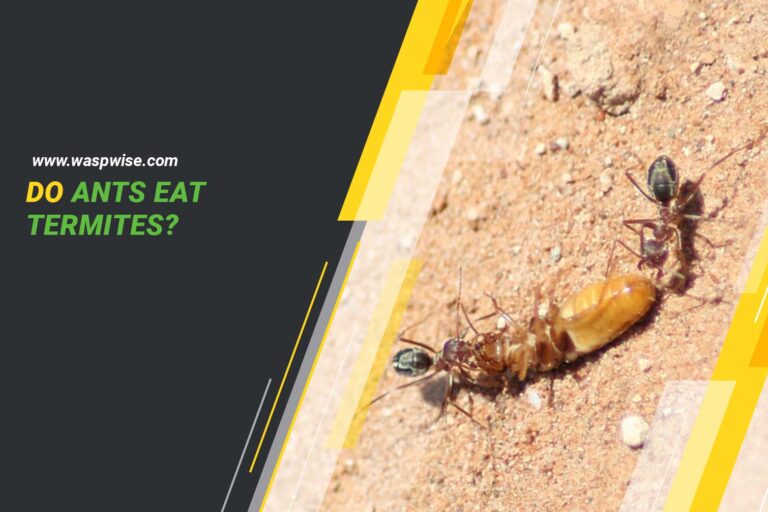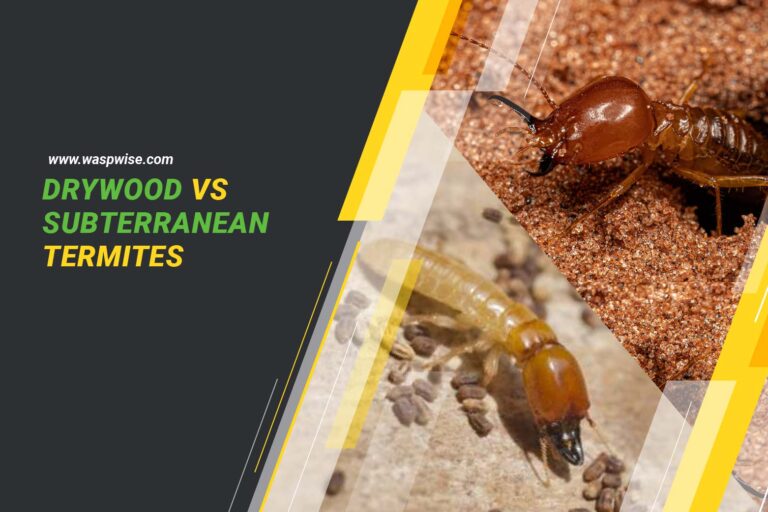FROM EGG TO ADULT: THE FASCINATING DEVELOPMENT OF BABY TERMITES
Termites are fascinating creatures that have adapted to a wide range of environments. They play important roles in breaking down dead plant material, maintaining soil health, and even as a source of food for other animals. However, termites can also be a major pest problem for humans, causing significant damage to homes and buildings.
To better understand termites and their behavior, it is important to study their life cycle and development. In this blog post, we will explore the different stages of baby termite development, from the egg to the adult, and the unique characteristics of each stage.
THE EGG STAGE: THE BEGINNING OF A TERMITE’S LIFE
The life cycle of termites begins with the egg stage. The queen termite is responsible for laying eggs, which are then cared for and protected by the worker termites. Termite eggs are very small and soft, requiring specific conditions for successful development.
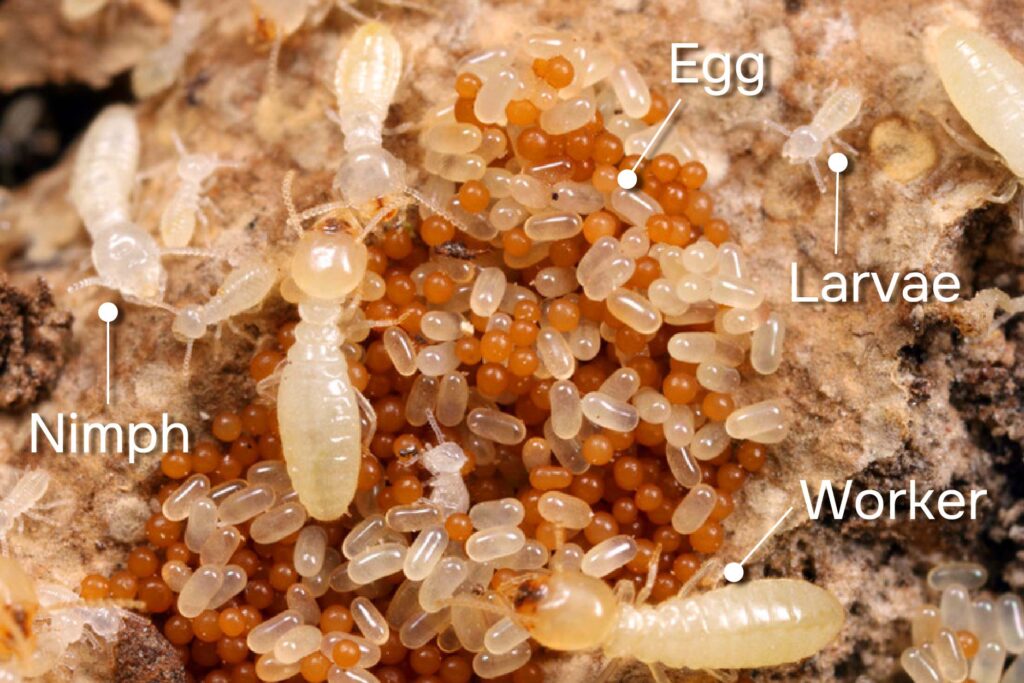
There are two main types of termite eggs: worker eggs and soldier eggs. Worker eggs hatch into termite larvae that will eventually become the worker caste of the colony, while soldier eggs hatch into larvae that will become the soldier caste. The mother termite can also lay eggs that will become Alates or winged reproductive termites.
The development of termite eggs depends on temperature, humidity, and food availability. Optimal conditions for egg development include temperatures between 80-90°F and humidity levels between 70-90%. Eggs that are not kept in these conditions may fail to develop or hatch into weak larvae that cannot survive.
NYMPHS: THE GROWING PAINS OF BABY TERMITES
Once the termite eggs hatch, they enter the nymph stage. Nymphs are essentially baby termites that are still growing and developing. They are soft and white in color, and they require constant care and attention from worker termites.
During the nymph stage, termites go through a series of molts, shedding their exoskeletons and growing in size. Each stage of the molting process is called an instar, and nymphs can go through anywhere from four to seven instars before reaching maturity.
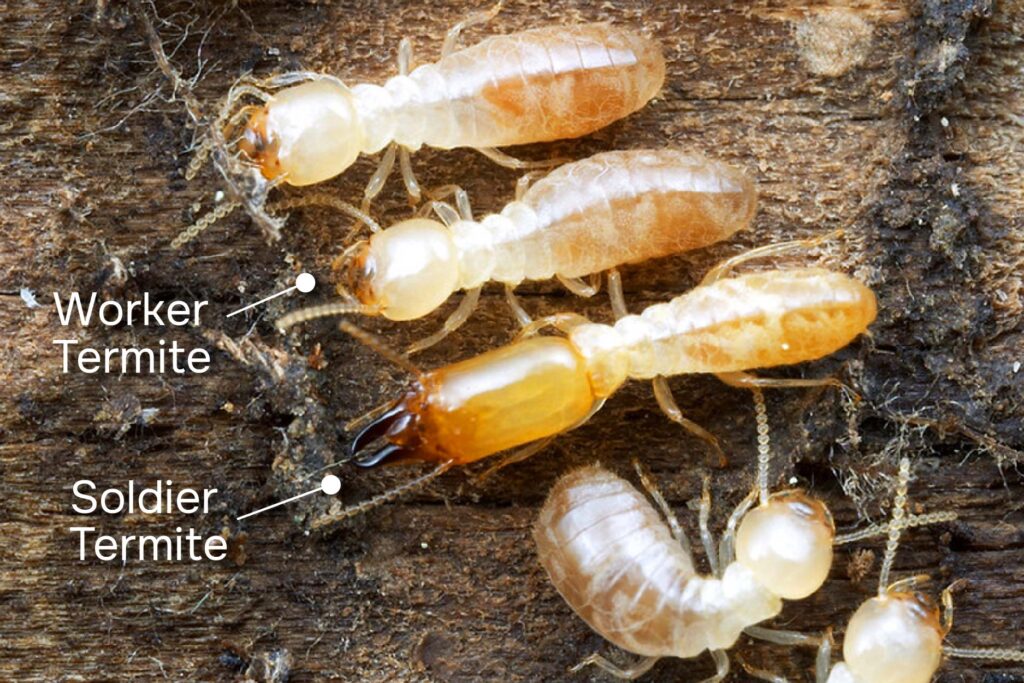
Worker termites play a crucial role in the care and protection of nymphs. They feed and groom them, and they also protect them from predators and other threats. The health and growth of the nymphs are essential to the survival and success of the colony.
THE ROLE OF WORKER TERMITES IN NURTURING BABY TERMITES
Worker termites are the backbone of the termite family, and their role in the care and nurturing of baby termites is essential. As mentioned earlier, younger workers care for the eggs and nymphs, while older workers take on more complex tasks like foraging for food and building tunnels. This division of labor allows the colony to function efficiently and effectively.
NOTE: Ant colonies may look similar to termite colonies, but there are several key differences in their development and behavior. Ant larvae are legless, while termite larvae have six legs. Additionally, ants have a pupal stage, which is absent in termites.
ALATES: THE FUTURE KINGS AND QUEENS OF TERMITE COLONIES
Alates are the winged reproductive termites that emerge from mature colonies in order to mate and start new colonies. These future kings and queens of termite society are a critical part of termite development and reproduction.
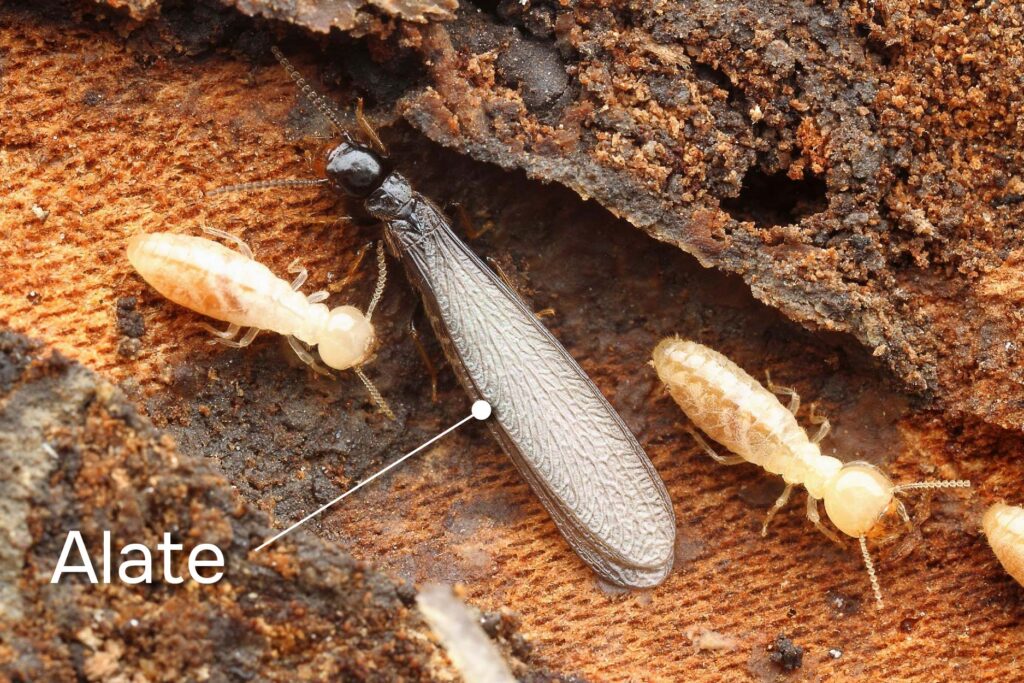
Swarming behavior is an important aspect of Alate development. When the conditions are right, mature families will release large numbers of Alates into the air. These Alates will fly for a short distance before landing and shedding their wings. They will then pair up with a suitable mate and begin the process of forming a new colony. The success of alate pairing and colony formation is highly dependent on a variety of factors, including environmental conditions and genetic compatibility. Once a new colony has been formed, the king and queen termites will begin the process of laying eggs and building a nest.
THE ADULT STAGE: THE FINAL FORM OF TERMITES
The adult stage is the final form of termites in their development process, marking their complete transformation from a tiny egg to a fully grown colony member. During this stage, termites have reached their full size and have taken on their permanent roles within the colony, such as workers, soldiers, and reproductive alates.
The presence of fully developed wings, reproductive organs, and the ability to carry out specific tasks within the community are the defining characteristics of adult termites. The life span of adult termites can vary depending on the species and environmental conditions. Worker termites typically live for several years, while alates may only live for a few months.
Queen termites, on the other hand, can live for decades and are responsible for laying millions of eggs over their lifetimes. The adult stage is a fascinating period in the development of termites, as they have evolved complex social behaviors and organizational structures to ensure the survival and growth of their colony.
DID YOU KNOW?
Some termite colonies can contain over a million individual termites, all working together to build their nests and gather food.
CONCLUSION
The development of baby termites is a complex and fascinating process that is essential to the survival and success of termite colonies. From the egg to adult stage, termites go through a series of unique transformations that allow them to fulfill their roles within the colony. Understanding termite development is crucial for pest control and management, as well as for gaining a deeper appreciation for these amazing creatures. By studying the life cycle of termites, we can gain insights into their behavior and adaptability and learn how to coexist with them in a sustainable and responsible manner.
FREQUENTLY ASKED QUESTIONS
How long does it take for a termite egg to hatch?
The time it takes for a termite egg to hatch depends on several factors, including the species of termite and environmental conditions such as temperature and humidity. In general, most termite eggs hatch within 30 days.
What do baby termites eat?
Baby termites, also known as nymphs, are fed a diet of cellulose-rich materials by their parents or other colony members. These materials can include wood, paper, and plant matter.
How many times do baby termites molt before reaching adulthood?
Baby termites go through several stages of development before reaching adulthood. During each stage, they molt, shedding their outer layer of skin to allow growth. The number of times a termite nymph molts depends on the species and the individual, but it can range from 3 to 7 times.

